Every year, I find myself with a mixture of new and old hunting areas in my hunting plans. Hunting the places you’ve always hunted provides you with years of insightful knowledge of the landscape and animal movement. Hunting new areas provide you with a sense of adventure and the feeling of a little kid going to Disney for the first time — at least that’s how it feels to me. To produce more of that feeling, and to kill more and bigger deer, here are my favorite public land whitetail hunting tips. Each one on their own work great, but stack them all together and November will pack more adventure than Pirates of Caribean.
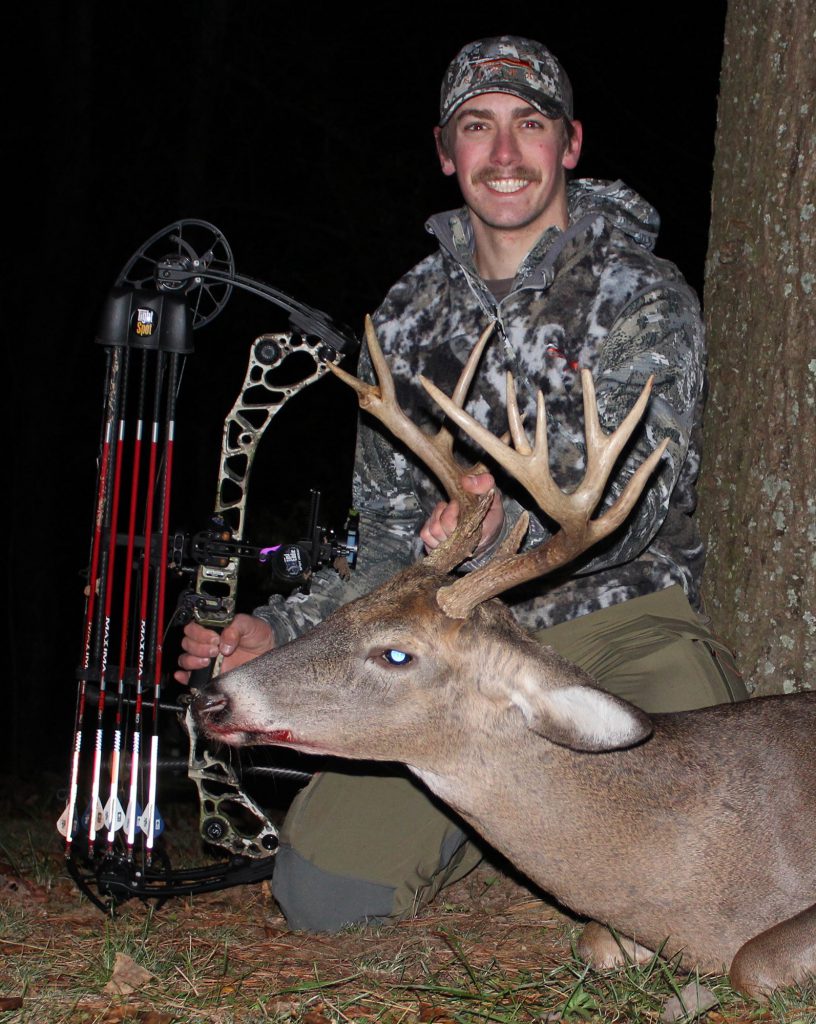
Related: How To Pick Out Your First Deer Rifle
Public Land Whitetail Hunting Tips No. 1:Getting Away From the Crowds
The first thing most people think of when it comes to public land is it having a ton of hunting pressure. Without a doubt, that can be an issue on many public land areas, but I’ve found that you can get away from that pressure if you start by studying the access to these places.
When looking at an aerial map of a state you want to hunt, you can cross off many areas immediately by drawing a circle around major cities and towns. That circle should represent at least an hour’s drive from the population centers, ensuring not too many local hunters will be venturing there on the regular. The further away, the better, but an hour is good for a baseline. With these areas circled, it’s time to start focusing on the other areas in those zones where you anticipate the least pressure.
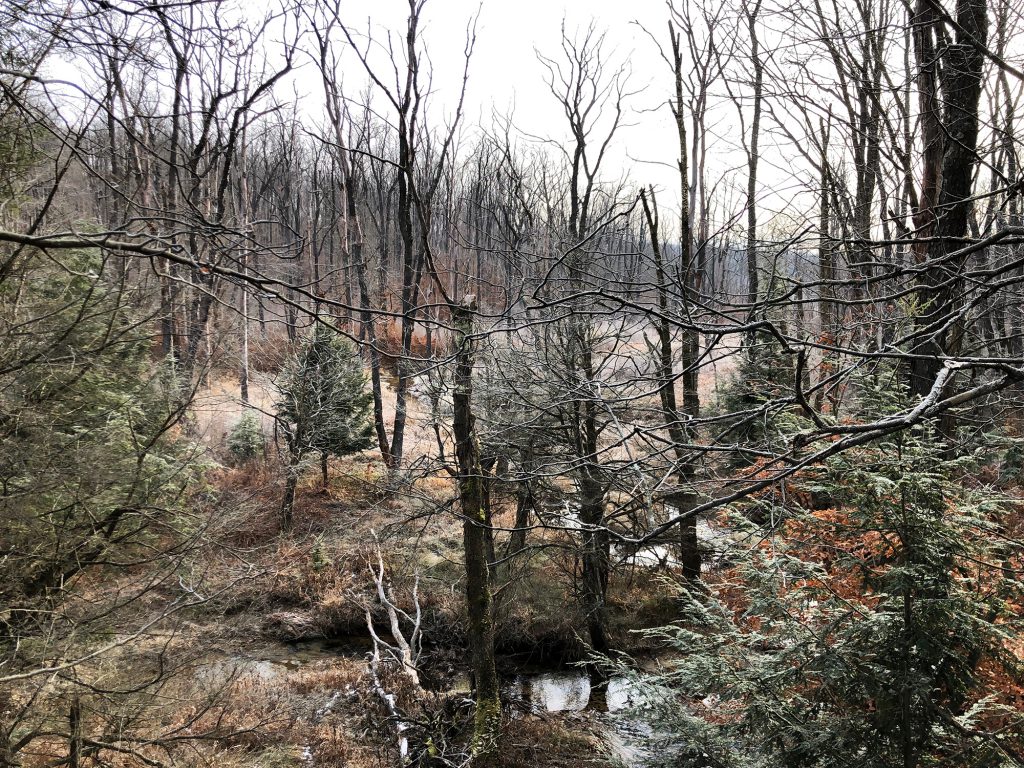
Related: How to Find a Last-Minute, Affordable Hunting Lease
Public Land Whitetail Hunting Tips No. 2:Habitat Diversity Holds Deer
When I pore over maps in my Spartan Forge app, my eyes are drawn to the areas with a lot of habitat diversity, meaning there is a good mix of conifer trees, hardwood forests, logging cuts, grasslands, agricultural fields, and swamps.
Areas with different habitat types offer a variety of food sources and security cover that allow the area to hold more healthy deer. Also, places with a variety of food sources tend to have bigger-bodied and bigger-antlered deer since mast crops and agricultural variances do not impact them.
In the big woods settings you find in many public-land areas, logging cuts are a magnet for deer and always catch my eye when scouring over thousands of acres of potential hunting ground.
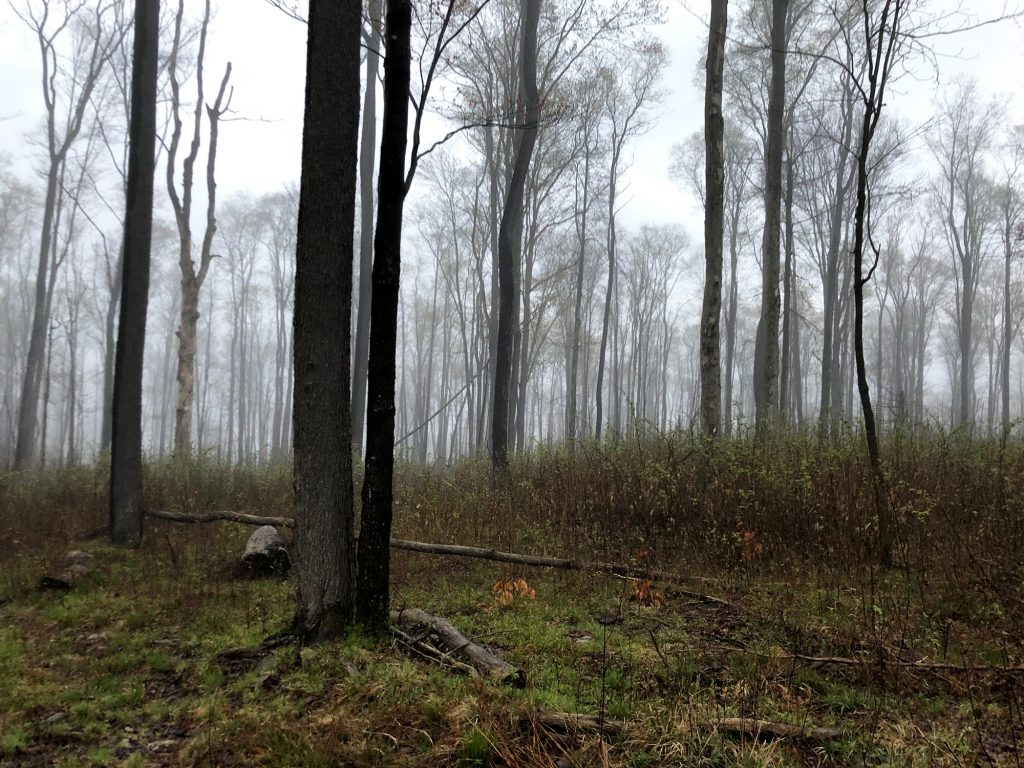
Related: A Vegan’s First Deer Kill
Public Land Whitetail Hunting Tips No. 3: Look for Varied Terrain
Next, you should be looking for varying terrain, which can do a few things for you. Spots with different elevations and topography will not only decrease the amount of hunting pressure because they’re tougher to access, but varying terrain funnels deer movement and allows you to better predict where you may have an encounter.
Look for areas with major topographic features such as ridges, valleys, points, saddles, and benches; they will be a key factor in determining your hunting setups. The secret to this step is to combine the terrain diversity with the habitat diversity and find the areas where all those attributes overlap. For example, If you see a saddle on top of a ridge that has a logging cut along one side and a stand of hemlock trees on the other: BINGO!
You want to identify as many places where this happens in a given area for the best odds of running into deer.
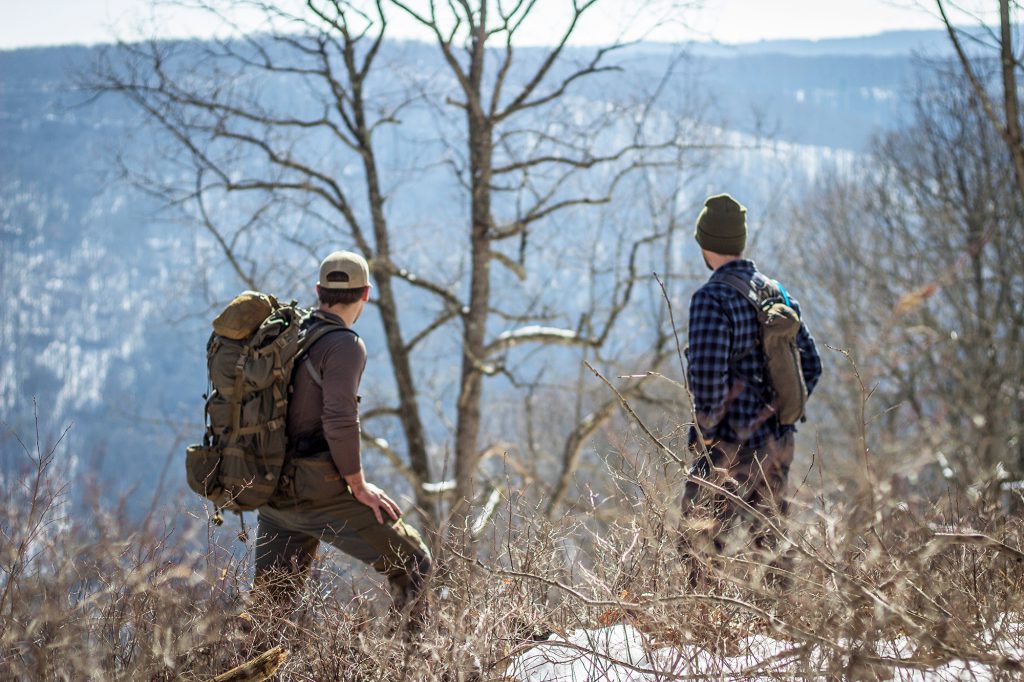
Related: It’s Time to Cut the BS in Deer Hunting
Public Land Whitetail Hunting Tips No. 4:Take the Road Less Traveled
Access plays a significant role in what I choose as a new public-land hunting area. When I’m looking at the map, I am marking waypoints at every dead-end road, parking area, campground, hiking trail, and really anything that looks like it would attract other hunters and people. By marking them, you will be able to see the big picture of where the pressure will most likely come from.
Then, you can start to hunt for different access routes and places that are likely to have less pressure. This could mean crossing a body of water (stream, river, lake) or maybe just climbing up a steep hill near the road that 95% of hunters wouldn’t even look at.
When it comes to access, finding areas more than 1/2 mile off the road will do the trick, but there are also many overlooked places close to the road. Finding locations with limited access or tough-to-reach places will undoubtedly increase your chances of finding your own honey hole.

Related: Elk Hunting on Public Land: How To Build a 3-Year Strategy for a New Area
Public Land Whitetail Hunting Tips No. 5: Ask the Local Experts
When deciding where you want to explore, look to the website of the appropriate state game and fish management agency or DNR for information. Some states provide a ton of resources to help you find the trophy information, deer population numbers, hunter numbers, and access information you need, and much more.
To take it a step further, contact the local wildlife biologist. Doing this can be really helpful, or you’ll get the same cookie-cutter answer they gave the other 30 people who called. The key to getting quality information from these biologists is showing that you’ve done your research and don’t ask vague questions.
By completing the steps above and asking specific questions about an area, there’s a much higher chance of getting a quality response. Instead of asking, “Are there any big deer in the area?” ask, “I noticed that Game Lands 1234 seems to have hard-to-reach areas and a lot of habitat diversity. Does it seem like the age structure and quality of bucks in this area reflects that?”
They are busy people and don’t need you to waste their time on questions you can easily find answers to on your own.
When looking for a new piece of public land to call your own, considering these options will simplify your efforts by eliminating parts of the state that don’t deserve your attention and focusing your efforts on places with fewer people and more deer.
You aren’t always going to find areas with all of the characteristics listed above, but the more they align, the higher the odds that you will find your next public-land deer hunting gold mine.
Read Next: How To Score Trophy Whitetail and Mule Deer

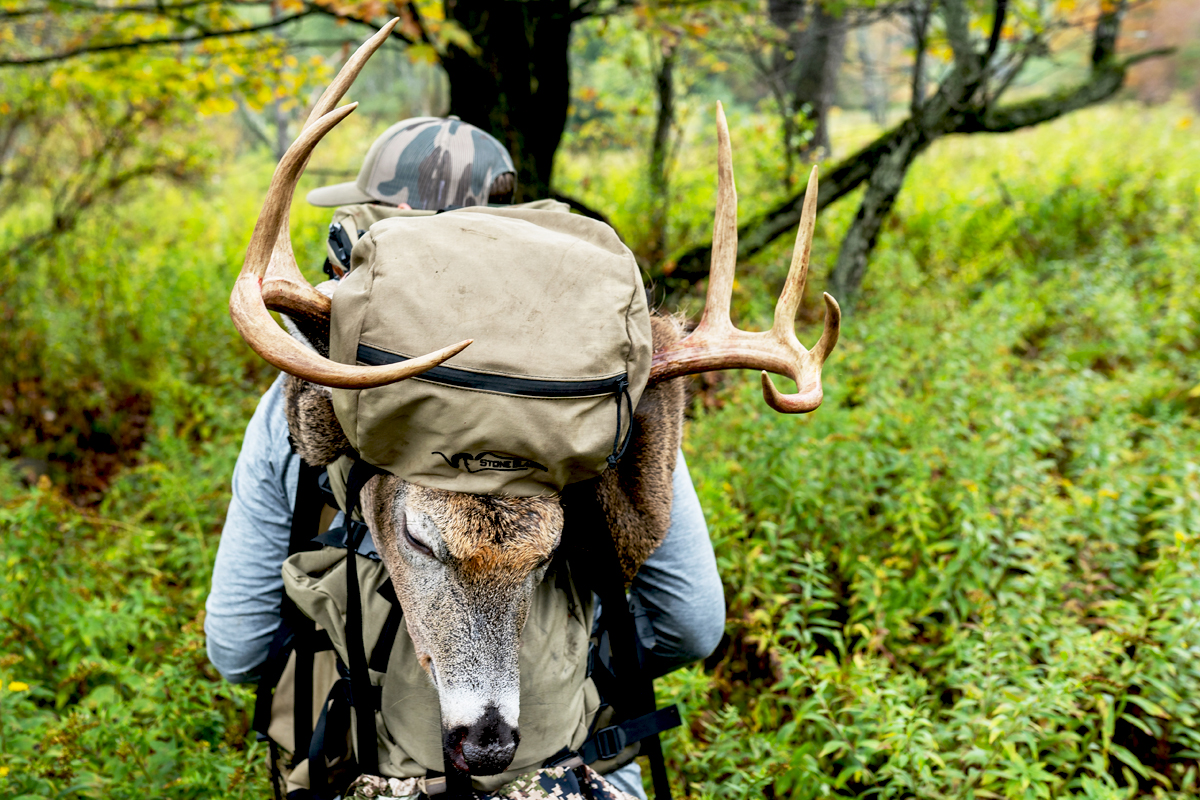
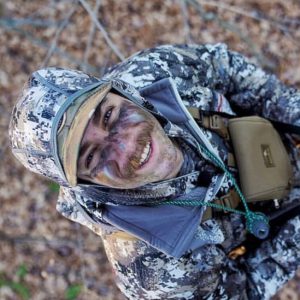





Comments